Table of Contents
Important Detail: Location & Timings
- Location: 40, Bhitargaon, Uttar Pradesh 209209
- Timings: All Day 7:00 AM to 7:00 PM
- Nearest Railway Station: Patara Railway Station at Approx. 8.8 Kilometers & Ghatampur Railway Station at Approx. 14.0 Kilometers
- Distance from Kanpur railway station: at a distance of nearly 46.1 Kilometers.
- Nearest Airport: Kanpur Civil Airport, Chakeri at a distance of nearly 41.4 kilometers.
Map
https://kanpurnagar.nic.in/tourist-place/bhitargaon-temple/
The Bhitargaon Temple stands as a testament to India’s rich heritage and architectural brilliance. Dating back to the 5th century during the Gupta period, this ancient temple is a remarkable terraced brick building adorned with intricate terracotta panels. It is renowned as the oldest surviving terracotta Hindu shrine with a roof and a high shikhara (spire). However, over the years, it endured some damages, especially in its upper chamber during the 18th century. In this blog, we will delve deeper into the historical significance, unique architecture, and captivating terracotta panels that grace the Bhitargaon Temple.

The Legacy of Bhitargaon Temple: A Window to the Past
The Bhitargaon Temple’s legacy goes beyond its architectural splendor. It serves as a window to the past, offering valuable insights into the cultural and religious practices of ancient India. The intricate terracotta panels and sculptures not only showcase the artistic finesse of the Gupta period but also narrate stories from Hindu mythology and history.


The temple’s survival against the test of time is a testament to the exceptional construction techniques employed by the craftsmen of that era. The use of moulded bricks and terracotta, along with the ingenious design, allowed the Bhitargaon Temple to endure the vagaries of time and maintain its historical significance.


A Journey through Time: Exploring Temple Architecture
Embarking on a journey through India’s temple architecture is akin to traveling through the pages of history. From the early rock-cut caves to the towering stone and brick structures, each era contributed unique elements to the rich tapestry of Indian temple design.

As you delve into the Nagara, Dravida, and Vesara styles, you will notice the evolution of temple architecture based on regional influences and the religious practices prevalent in those areas. These diverse styles offer a glimpse into the cultural diversity of ancient India and the devotion of its people.
Unraveling the Architecture and Layout of Bhitargaon Temple
The Bhitargaon Temple is built on a square plan, boasting double-recessed corners, and faces east. The garbhagriha (inner sanctum) features a tall pyramidal spire, which is a distinctive characteristic of the Nagara style temple architecture in North India. The temple’s walls are embellished with exquisite terracotta panels, depicting various scenes, including aquatic monsters, representations of Shiva, and Vishnu, among others.
Historical records indicate that when Alexander Cunningham visited the site in the 19th century, the remains of the porch and ardhamandapa were still visible, but unfortunately, these structures later collapsed.
Architecture of Bhitargaon Temple: Unique Features
The Bhitargaon Temple showcases several unique architectural features. It boasts a semi-circular doorway at its entrance, which Alexander Cunningham referred to as the ‘Hindu arch,’ a distinct feature of Indian temple architecture. The tall pyramidal spire, adorned with a stunning amalaka (fluted disk) and kalash (spherical pot), became the standard representation of Nagara-style temples.

The walls of the temple are adorned with mesmerizing terracotta sculptures, featuring deities like Shiva, Parvati, Ganesha, Vishnu, and more. Additionally, the panels depict significant myths and stories, including the abduction of Goddess Sita and the penance of Nara-Narayana.
Exploring the Elegant Interiors of Bhitargaon Temple
As you step inside the Bhitargaon Temple, you will be greeted by an elegant layout, typical of ancient Hindu temples. The entrance into the sanctum showcases one of the first uses of a semi-circular doorway, a unique architectural feature known as the ‘Hindu arch,’ as mentioned earlier. Moving further, you will find the tall pyramidical spire (shikhara) rising above the inner sanctum (garbha griha), a defining characteristic of Nagara temple architecture.

The walls of the temple are adorned with intricate terracotta sculptures depicting various gods and goddesses such as Shiva, Parvati, Ganesha, Vishnu, and others. These terracotta panels are separated by bold ornamental pilasters, adding to the temple’s overall grandeur. One notable panel portrays the Varaha incarnation, hinting that the temple was likely dedicated to Lord Vishnu.
The terracotta panels discovered by Alexander Cunningham during his excavation of the temple are of great historical significance. He painstakingly restored them, giving us a glimpse into the artistic genius of the Gupta period. Interestingly, the bricks unearthed during the excavation were used in the restoration process, adding a touch of authenticity to the temple complex.
Restoration and Historical Importance
The credit for restoring the Bhitargaon Temple goes to King Shiv Pratap, who played a vital role in bringing this historical treasure to public attention. Alexander Cunningham, the first Director General of the Archaeological Survey of India, carried out the restoration work on the temple in 1877, upon King Shiv Pratap’s invitation.
Preservation Efforts and Challenges
Preserving ancient monuments like the Bhitargaon Temple is an ongoing effort that involves a delicate balance between conservation and restoration. While restoration work by experts is essential to maintain the structural integrity of such historical treasures, it must be done with utmost care to retain the authenticity and charm of the original temple.

Challenges such as natural wear and tear, weathering, and human impact necessitate a continuous commitment to safeguarding these architectural gems for future generations. Government agencies, along with the support of local communities and heritage enthusiasts, play a crucial role in ensuring the conservation of our cultural heritage.
Brief History of Temple Architecture
The evolution of temple architecture in India is a fascinating journey. It started with the absence of temple structures during the Vedic period, followed by the development of rock-cut architecture from the 3rd century BCE. Over time, rock-cut temples gave way to stone temples, and eventually, brick temples became prominent in regions with a scarcity of stones, such as the Gangetic plains.
Nagara, Dravida & Vesara: The Diverse Architectural Styles of Indian Temples
India’s rich cultural heritage is beautifully reflected in its temple architecture, which has evolved over centuries, influenced by regional customs, beliefs, and artistic expressions. Among the many styles that emerged, three prominent classifications stand out: Nagara (North), Dravida (South), and Vesara. Each style carries its unique features, making Indian temples a delightful tapestry of diversity.
The diverse architectural styles of Nagara, Dravida, and Vesara temples embody the artistic excellence and cultural richness of India. Each style brings its unique allure, weaving a captivating narrative of our history and heritage. As you explore the magnificent Bhitargaon Temple and its terracotta panels, let the journey through these architectural wonders be a spiritual and enlightening experience, connecting you to the essence of India’s cultural tapestry.
1. Nagara Temples: The Elegance of Curves
Nagara temples, found predominantly in the northern regions of India, are renowned for their majestic shikhara towers. These towers feature a sloping curve as they rise, culminating in a stunning amalaka, a large fluted disk, and a kalash, a small spherical pot, crowning the spire. The elegance of these curves defines the distinct Nagara style.
One of the most exquisite examples of Nagara temple architecture is the Kandariya Mahadeva temple in Khajuraho, Madhya Pradesh. This temple is a celebration of intricate carvings, representing the height of Nagara craftsmanship.
2. Dravida Temples: The Grandeur of Pyramids
In stark contrast, Dravida temples grace the southern regions of India, exhibiting an entirely different architectural approach. The vimana, or tower, in Dravida style is shaped like a stepped pyramid, rising linearly instead of curving like the Nagara towers. The presence of only one vimana on the main temple distinguishes Dravida architecture, whereas subsidiary shrines in Nagara temples may also have vimanas.
Moreover, Dravida temples often feature a unique aspect—an enclosed water tank within the temple complex. This is a symbolic representation of the temple’s sanctity and connects to the religious rituals practiced within.
One of the most awe-inspiring Dravida temples is the Brihadishwara Temple complex in Tanjavur, built by Rajaraja I of the Imperial Cholas in the 11th century A.D. This monumental structure showcases the grandeur of Dravida temple architecture, with its towering vimana and intricate sculptures.
3. Vesara Temples: A Beautiful Fusion
The Vesara style of temple architecture emerged under the later Chalukya rulers, flourishing in the 7th century A.D. It represents a harmonious fusion of both Nagara and Dravida elements, resulting in a unique hybrid style. The Vesara temples often combine the shikhara tower with the stepped pyramid vimana, showcasing a seamless integration of two distinctive architectural schools.
A prominent example of Vesara style is the Durga Temple at Aihole, Karnataka. The temple’s design beautifully showcases the coexistence of Nagara and Dravida elements, making it a testament to the innovative craftsmanship of the Chalukya artisans.
To know more about the temple architecture. Click here…
Planning Your Visit
To explore the captivating Bhitargaon Temple, you can stay in Kanpur and conveniently commute to the village. Few tea and snack shops are available in Bhitargaon, but it’s advisable to carry your lunch during your visit.
Behta Bujurg Temple:
Transport yourself back in time to a small village over a millennium ago. Imagine the astonishment you would feel if you were informed about the rainfall that will occur seven days after. Your present self would undoubtedly be taken aback, and rightfully so. After all, back then, there were no sophisticated tools or equipment to conduct meteorological studies. Or were there?
In the Kanpur region of India, not too far from the Bhitargaon Temple, lies the serene village of ‘Behta,’ home to the intriguing Behta Bujurg Temple, famously known as the Monsoon Temple of Jagannath. This ancient temple has piqued the curiosity of many, not only due to its religious significance but also because of its uncanny ability to predict the arrival of monsoon rains.
Embark on a voyage with us as we uncover the enigmas and myths that shroud this captivating temple. Click Here…
Where to Stay and What to Expect at Bhitargaon Temple
Bhitargaon, a quaint village, welcomes visitors to explore its ancient treasure—the Bhitargaon Temple. To fully experience the architectural splendor and serene ambiance of the temple, it is ideal to stay in Kanpur and commute to Bhitargaon whenever you wish to visit.
As you venture into Bhitargaon, expect to find only a few tea and snack shops in the village. To ensure a pleasant visit, it’s advisable to carry your lunch, allowing you to immerse yourself in the tranquility of the temple surroundings without any interruptions.
To know about more old temples of Kanpur Click here…
Do you want to know about other 3 Ancient Shiv Temples of Kanpur? Click Here.
How to Reach Bhitargaon
Bhitargaon is located approximately 43 km from Kanpur. Local bus services are available from Naubasta bus terminal, and shared auto-rickshaws also ply from the terminal to the temple.
The Bhitargaon Temple stands as a living testament to India’s rich history and architectural brilliance. As you step into this ancient marvel, you will be transported back in time, surrounded by the captivating terracotta panels and divine sculptures that tell stories of a glorious past. Plan your visit to this historic site, and immerse yourself in the cultural heritage of the Bhitargaon Temple near Kanpur, Uttar Pradesh.
By Air
The nearest airport is Kanpur Chakri. You can take the vehicle from the airport to Kanpur city. Local vehicles are available from anywhere in the city.
By Train
The nearest railway station is Kanpur Central. Local transport is available from the railway station.
By Road
It is about 50 kilometers from the city.
Conclusion
The Bhitargaon Temple is not just a brick-and-terracotta structure; it is a symbol of India’s glorious past and a treasure trove of history and art. Its architectural brilliance, intricate terracotta panels, and unique features continue to captivate all who visit.
As you plan your visit to this ancient marvel near Kanpur, Uttar Pradesh, remember that you are embarking on a journey through time. Take a moment to absorb the spiritual aura and appreciate the dedication of those who have preserved this historical gem for centuries.
Let us collectively cherish and protect our cultural heritage, ensuring that these invaluable monuments stand tall and proud for generations to come. The Bhitargaon Temple beckons you to explore, learn, and be inspired by the extraordinary legacy of ancient India.
* Photos are only symbolic (Taken from public domain/internet and any copyright infringement is unintentional and regrettable)





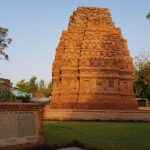
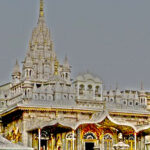
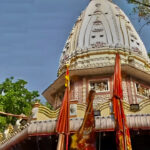
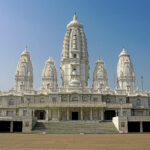


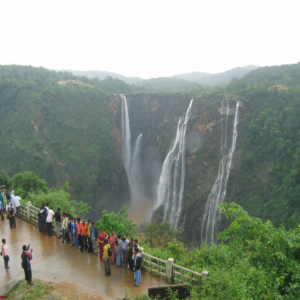


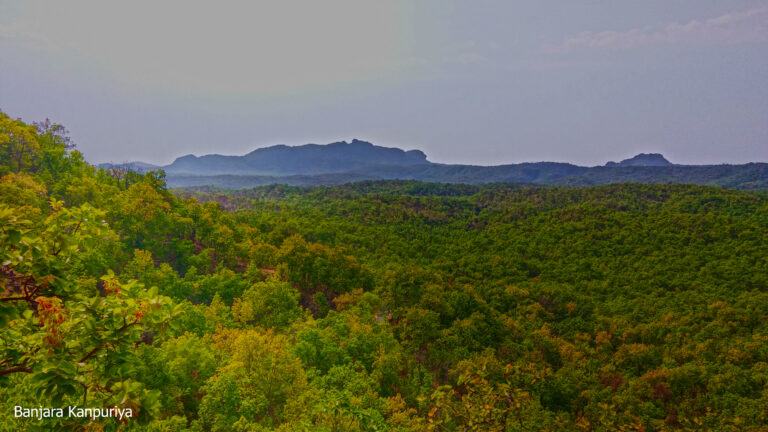





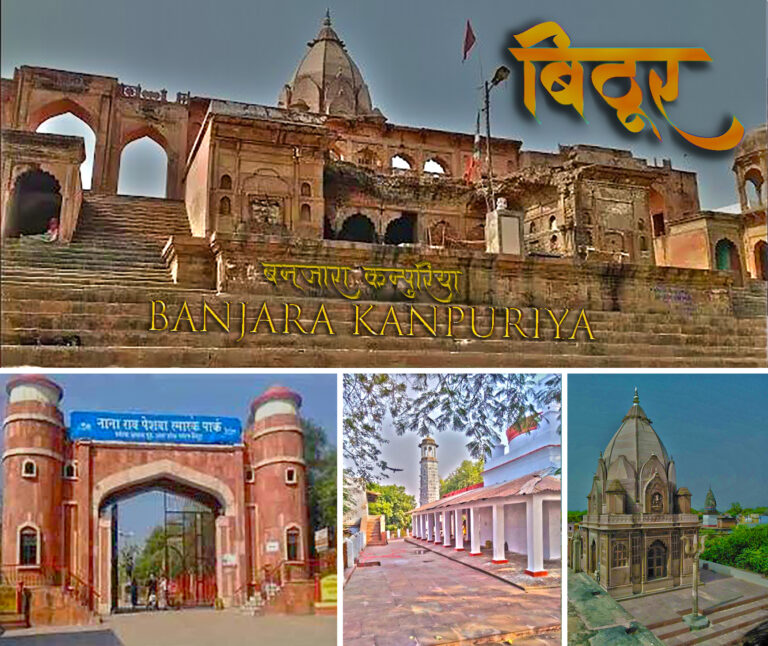

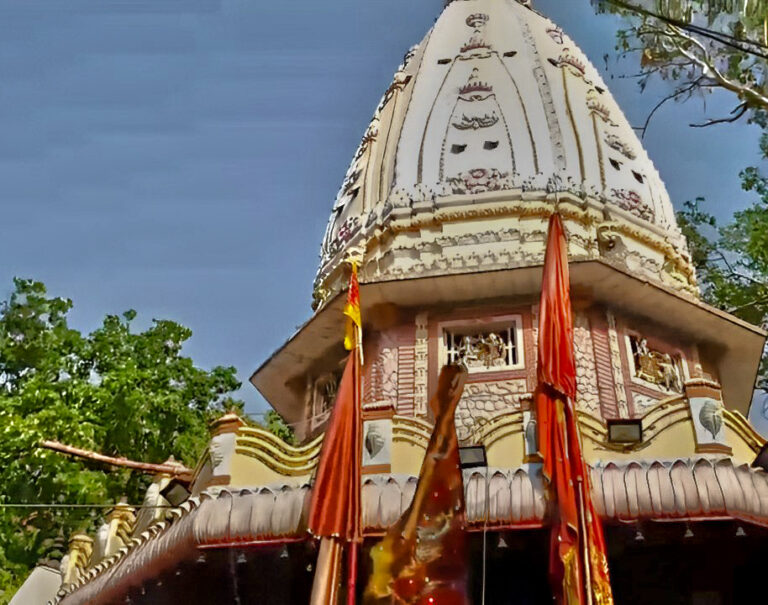
+ There are no comments
Add yours